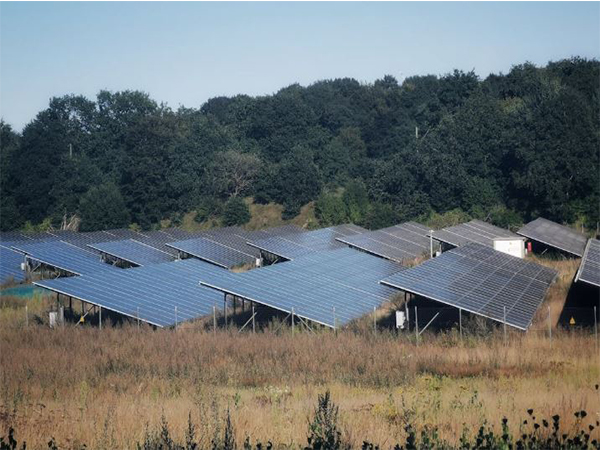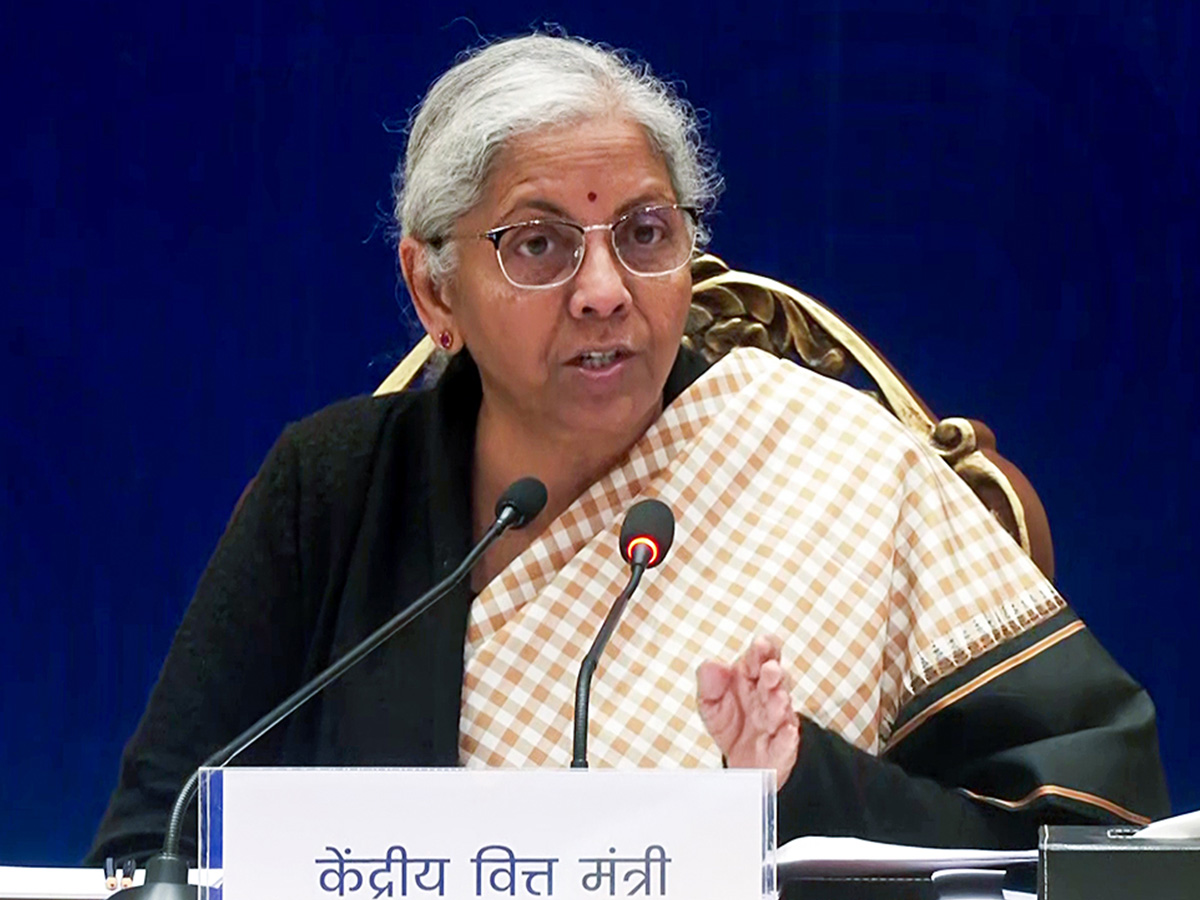
Delhi's Fuel Ban on old vehicles to boost automakers, and government revenue by Rs 4.5 Lakh Crore: GTRI
Jun 24, 2025
New Delhi [India], June 24 : Delhi's fuel ban on diesel vehicles older than 10 years and petrol vehicles older than 15 years from July 1st, 2025, is likely to deliver Rs 4.5 Lakh Crore of gain to auto companies, auto importers, and government tax collections, according to a recent report by the Global Trade Research Initiative (GTRI).
"If 1.8 million old vehicles are replaced by new cars with an average price of Rs 15 lakhs each, the total turnover for the auto industry would amount to Rs 2.7 lakh crore," GTRI said.
The report further adds that, with this replacement of old vehicles with the new ones, the central government will be able to collect approximately Rs 1,35,000 crore from GST and compensation cess, while the Delhi government would gain around Rs 42,187 crore from road tax and diesel surcharges.
GTRI also outlines that, "Real values will be at least 50 per cent higher as this data ignores the revenue to be collected on account of the replacement of 4.4 million two-wheelers."
On the flip side, this rule of diesel vehicles older than 10 years and petrol vehicles older than 15 years will no longer be allowed to refuel at any petrol pump across the capital, will impose harsh costs on small businesses, informal sector workers, and middle-class families who still rely on older vehicles for mobility and livelihoods.
Under this rule, Automated number-plate recognition (ANPR) cameras installed at fuel stations will enforce the rule by linking to the VAHAN database.
Overall, this ban will affect an estimated 1.8 million four-wheelers and 4.4 million two-wheelers in the National Capital Region (NCR), which extends beyond Delhi into key urban centres like Noida, Gurugram and Ghaziabad.
The GTRI report suggests that India should modernise its vehicle fleet without crushing the poor. It must adopt the best practices of Europe and the U.S. -- build rigorous, transparent emission-testing systems and phase in green zones rather than impose a blanket age cut-off.
In most major countries, there is generally no outright ban on older vehicles based purely on age. Instead, governments use a mix of stricter emissions standards, roadworthiness checks, and economic disincentives to phase out old, high-polluting vehicles.



























